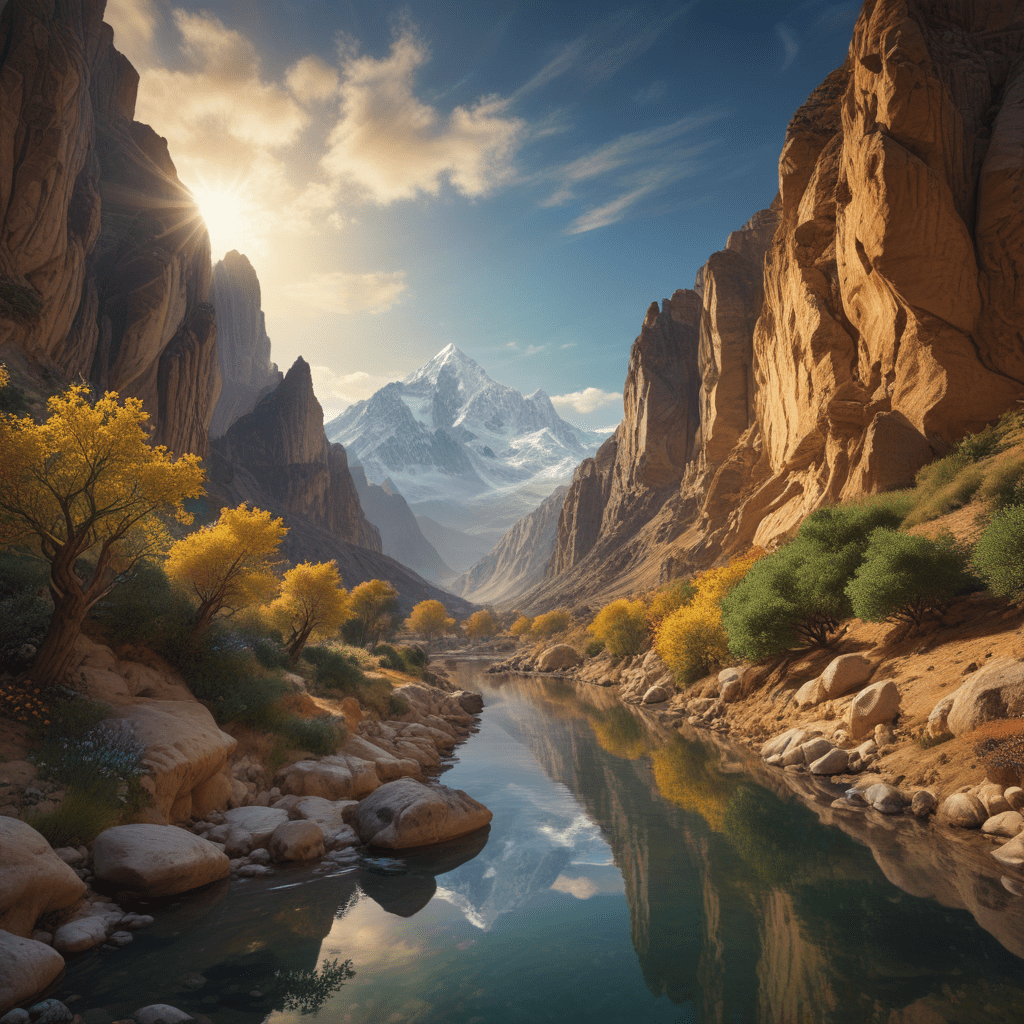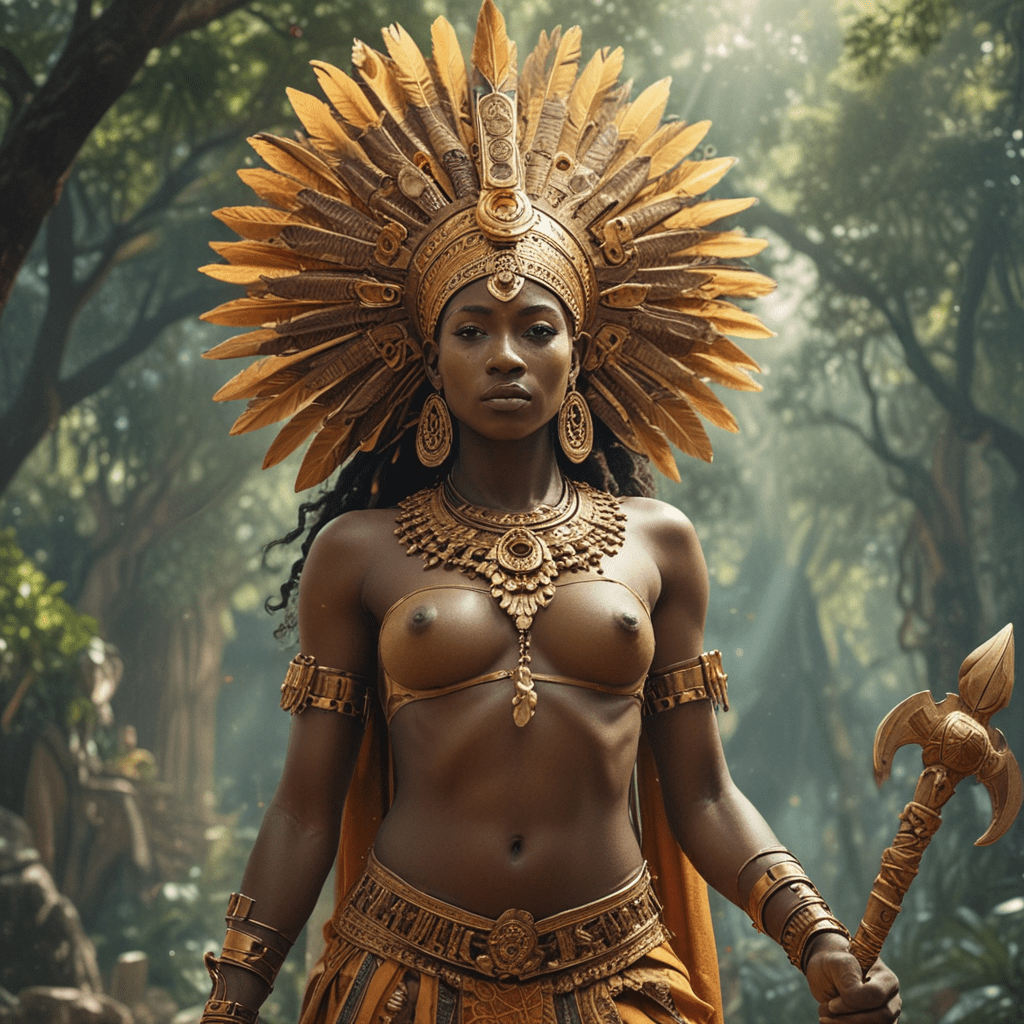The Mystical Mountains in Persian Mythology
1. Alborz: The Spine of the World
Towering over the land like a colossal dragon, the Alborz mountain range is the mystical spine of the world in Persian mythology. This legendary chain stretches across the northern borders of Iran, safeguarding the realm from the forces of darkness. Its snow-capped peaks pierce the heavens, each summit a testament to the power and grandeur of the divine.
In Zoroastrianism, the Alborz is believed to be the dwelling place of Ahura Mazda, the supreme deity of light and goodness. Its slopes are said to be inhabited by benevolent spirits, while its valleys echo with the songs of celestial birds. The summit of Mount Hara Berezaiti, the highest peak in the range, is considered the closest point to the heavens, where Ahura Mazda holds court.
The Alborz also plays a vital role in the epic poem Shahnameh, the national epic of Persia. Firdausi, the renowned poet, describes the Alborz as the home of the Simorgh, a mythical bird symbolizing wisdom and immortality. It is in the Alborz that the hero Rostam encounters the Simorgh and receives guidance on his perilous journey.
More than just a geographical feature, the Alborz embodies the spirit of resilience and perseverance in Persian mythology. Its towering peaks stand as a constant reminder of the divine presence and the triumph of good over evil.
2. Mount Damavand: The Abode of the Divs
Looming over the Iranian landscape like a slumbering giant, Mount Damavand is not just the highest peak in the country but also a prominent figure in Persian mythology. This dormant volcano, shrouded in mist and legend, is believed to be the prison of the Divs, malevolent spirits who represent the forces of darkness and chaos.
According to ancient texts, the evil king Zahhak was chained to the slopes of Mount Damavand by the hero Fereydun. His writhing caused the mountain to shake, and his venomous breath poisoned the surrounding land. The Divs, Zahhak's followers, were also imprisoned within the mountain, their malevolent energy forever contained within its fiery depths.
Mount Damavand's association with darkness and danger is further emphasized by its frequent volcanic eruptions. The spewing flames and molten rock were seen as a manifestation of the Divs' rage and a reminder of the constant struggle between good and evil.
Despite its ominous reputation, Mount Damavand also holds a certain fascination for the Persian people. Its majestic presence and the legends surrounding it have inspired countless poems, stories, and works of art.
3. Mount Sahand: The Throne of Fire
In the heart of northwestern Iran, amidst volcanic peaks and verdant valleys, stands Mount Sahand, a mountain steeped in myth and legend. Known as the "Throne of Fire," this ancient volcano is believed to have been the sacred site where the mythical blacksmith Kaveh the Blacksmith forged the Derafsh Kaviani, the legendary banner of Persia.
According to the epic poem Shahnameh, Kaveh, a righteous blacksmith, led a rebellion against the tyrannical king Zahhak. Using his blacksmithing skills, Kaveh fashioned a banner from his leather apron and rallied the people to his cause. This banner, known as the Derafsh Kaviani, became a symbol of resistance and a rallying point for freedom.
The association of Mount Sahand with fire further reinforces its connection to the concept of rebellion and liberation. The flames of the volcano were seen as a representation of the burning spirit of the people, their unwavering determination to overthrow oppression.
Mount Sahand, with its rich history and symbolic significance, stands as a testament to the enduring spirit of the Persian people and their longing for justice and freedom.
6. The Seven Peaks of Haftvad: Guardians of the Land
Standing sentinel over the ancient province of Khorasan, the Seven Peaks of Haftvad are more than just a geographic wonder. In Persian mythology, these towering summits are believed to be the guardians of the land, each peak representing a different aspect of protection and prosperity.
The names of the Seven Peaks – Binalud, Kuh-e Sabalan, Sahand, Damavand, Alamut, Alam Kuh, and Takht-e Suleiman – resonate with mythical tales and legendary figures. Each mountain is associated with a specific deity or hero, reflecting the deep connection between the natural world and the supernatural realm in Persian mythology.
The Seven Peaks are not just guardians of the physical realm but also protectors of the spiritual well-being of the people. Their presence is believed to ward off evil spirits and negative energies, ensuring the continued prosperity and harmony of the land.
7. Mount Kharra: The Mountain of Darkness
On the eastern edge of the Iranian plateau, shrouded in an aura of mystery and foreboding, lies Mount Kharra, the Mountain of Darkness. In Persian mythology, this desolate peak is associated with the underworld and the realm of the divs, malevolent spirits who represent the forces of chaos and destruction.
The name Kharra itself evokes a sense of dread and danger. It is derived from the Avestan word "xar," meaning "dark" or "evil." The mountain's barren slopes, devoid of vegetation, and its harsh, unforgiving climate further reinforce its sinister reputation.
According to legend, Mount Kharra is the gateway to the underworld, where the divs reside and plot their malevolent schemes. It is said that only the bravest and most foolhardy dare to venture near the mountain, for the risk of being lured into the darkness and succumbing to the divs' evil influence is ever-present.
8. The Pari Mountains: The Abode of the Fairies
Nestled amidst the lush forests and verdant valleys of northern Iran, the Pari Mountains are a realm of enchantment and wonder. In Persian mythology, these mountains are believed to be the abode of the Paris, beautiful and ethereal creatures who possess magical powers.
The Paris are often depicted as benevolent spirits, associated with fertility, healing, and the protection of nature. They are said to dwell in hidden caves and grottoes, adorned with sparkling jewels and surrounded by an aura of mystery.
The Pari Mountains are also believed to be a source of inspiration for artists and poets. The beauty of the landscape and the allure of the Paris have inspired countless works of art, literature, and music, celebrating the magical realm that lies hidden within these enchanted mountains.
9. Mount Qaf: The Encircling Mountain
Beyond the known world, at the edge of the mythical sea, lies Mount Qaf, the encircling mountain that surrounds the earth. In Persian mythology, this colossal peak is believed to be the boundary between the mortal realm and the celestial sphere, separating the world of humans from the realm of the gods.
Mount Qaf is described as a gigantic emerald mountain, its peak reaching into the heavens and its base extending to the farthest corners of the earth. It is said to be inhabited by strange and wondrous creatures, including talking birds, giant serpents, and even the mythical Simorgh, a bird of immense size and wisdom.
The concept of Mount Qaf as the encircling mountain reflects the ancient Persian belief in a flat earth surrounded by a protective barrier. It also symbolizes the limits of human knowledge and the mysteries that lie beyond the realm of our experience.
10. Simorgh and the Mystical Mountain: A Journey of Transformation
In the heart of Persian mythology lies the tale of the Simorgh, a magnificent bird of immense size and wisdom, and its connection to the mystical mountain. This allegorical story, often interpreted as a metaphor for the journey of self-discovery and spiritual transformation, has captivated the imagination of generations.
The Simorgh is said to reside atop the highest peak of Mount Qaf, the encircling mountain that surrounds the earth. Its feathers are said to shine with a thousand colors, representing the infinite possibilities of human potential.
The story tells of how thirty birds, representing different aspects of the human soul, embark on a perilous journey to find the Simorgh. After facing numerous challenges and overcoming their own weaknesses, only thirty feathers remain, symbolizing the essence of the self and the realization of true wisdom.
The tale of the Simorgh and the mystical mountain is a timeless reminder of the transformative power of self-discovery and the potential for each individual to reach their full potential. It is a story that continues to inspire and resonate with people across cultures and throughout time.
FAQ
What is the significance of mountains in Persian mythology?
Mountains play a prominent role in Persian mythology, often serving as dwelling places for gods, mythical creatures, and benevolent spirits. They are seen as symbols of strength, resilience, and the connection between the earthly realm and the celestial sphere.
What are the most famous mountains in Persian mythology?
Some of the most famous mountains in Persian mythology include Mount Alborz, the mythical spine of the world; Mount Damavand, the abode of the divs; Mount Sahand, the Throne of Fire; and Mount Qaf, the encircling mountain.
What is the significance of the Simorgh in Persian mythology?
The Simorgh is a mythical bird of immense size and wisdom, often associated with self-discovery, spiritual transformation, and the potential for human potential. It is a central figure in many Persian myths and legends.
What is the significance of the Seven Peaks of Haftvad?
The Seven Peaks of Haftvad are believed to be the guardians of the land, each peak representing a different aspect of protection and prosperity. They are also associated with specific deities and heroes from Persian mythology.




